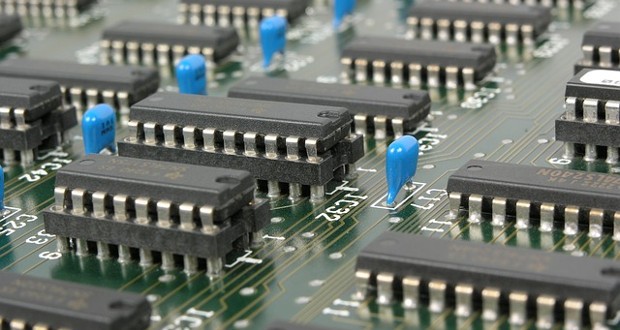Bitcoin mining centralization has been heavily discussed as a potential problem for quite some time now. The riskiest mining centralization event in recent Bitcoin history occurred in June 2014, when one pool, GHash.IO, crossed the legendary 51% threshold for at least several hours. That alone didn't constitute a 51% attack, but it reminded people that a mining centralization is a real issue.
Fortunately, recent stats have shown that the mainstream mining pools have become smaller over the past few months. While that doesn't completely eliminate the risk, it is good news for the time being. To help keep things this way, many long-term solutions have been proposed and are being worked on.
The Mining Centralization Problem
Before I get much further, I should briefly explain what a 51% attack is and why mining centralization could cause problems. As you might guess from the name, a 51% attack involves gaining control of a significant portion of the Bitcoin mining power and using that control to manipulate the network. I say "a significant portion" of the mining power instead of "51%" because it's theoretically possible to achieve malicious results even with much less power, using a technique is called selfish mining.
Nothing is certain, but it's likely that no individual person or organization will be able to physically own 51% of the Bitcoin network. It would be much easier for a mining pool (or perhaps multiple pools working together) to simply control enough of the network, since they can combine the power of hundreds or thousands of individual miners at once. That's why many people pay attention to how much hashing power the big pools have control over.
All of that said, most experts agree that an attack like this would not be fatal to Bitcoin. The attackers would not be able to directly steal any coins. Their strongest powers would only involve rejecting transactions or perhaps erasing some recent transactions. In addition, a 51% attack would probably be noticed and dealt with quickly. If the culprit was a mining pool, it would be easy for its users to simply switch to a new pool.
Mining Centralization Right Now
Even though an attack might not be as problematic as some people think, I was still glad when I spotted this Reddit post. The Bitcoin mining pools really have been getting smaller recently - measured by both percentage and actual hashing power. Right now, even the top four pools combined would barely control half the network's mining power.
I think virtually all Bitcoiners would agree that less centralization is good, but no one can be sure whether things will stay this way. Many Reddit commenters pointed out that this could be a simple market cycle and things might easily return to a more centralized state. Gavin Andresen, one of the big guys at the Bitcoin Foundation, mentioned that some miners might be hiding their hashing power. He said that it can be profitable for miners to use some of their power attack other pools, so when possible, the biggest players probably try to stay anonymous. This behavior lands them in the "Unknown" category on the mining power chart.
This should be a fascinating situation to watch play out. It's great to know that we're relatively safe from an attack right now and that even if were were attacked, it probably won't be devastating. Still, we want to protect ourselves as much as possible, and there is plenty of room for security innovation. I can't wait to see what solutions become the most popular (tree chains is one of my favorites) and how they are put into place.
 You, Me, and BTC Your Liberty & Bitcoin Podcast
You, Me, and BTC Your Liberty & Bitcoin Podcast





